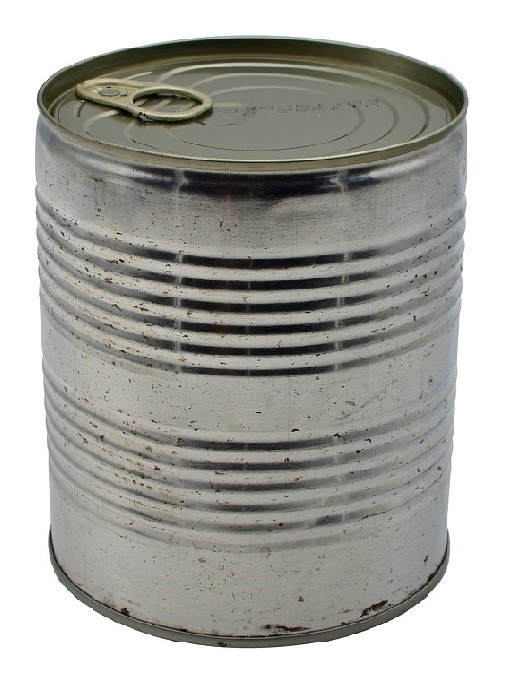Automotive Battery Internal Grids: Essential Components and Performance Facts
Understand automotive battery internal grids
The internal grids within automotive batteries serve as the structural backbone that determine performance, longevity, and reliability. These metal frameworks hold the active material and conduct electrical current throughout the battery cell. Understand their function help vehicle owners make informed decisions about battery selection and maintenance.
Internal grids consist of lead base alloys form into lattice like structures. Each positive and negative plate contain a grid that support the active material while provide pathways for electrical current. The grid design straightaway impact the battery’s ability to deliver power and withstand repeat charge discharge cycles.
Grid construction and materials
Modern automotive batteries utilize different grid alloy compositions depend on their intended application. Lead antimony grids offer excellent durability and deep cycle capability but require more frequent maintenance due to higher water loss rates. These grids maintain structural integrity under severe cycling conditions.
Lead calcium grids provide superior corrosion resistance and reduced water loss, make them ideal for maintenance free applications. The calcium additive strengthens the grid structure while minimize gas during normal operation. Most contemporary automotive batteries employ lead calcium technology for enhanced convenience.
Hybrid grid designs combine different alloys within the same battery. Positive plates might use lead antimony for durability while negative plates employ lead calcium for reduced maintenance requirements. This approach optimize performance characteristics for specific applications.
Grid design patterns and performance
The physical pattern of grid openings importantly affect battery performance. Radial grid designs feature speak like patterns that distribute current equally across the plate surface. This configuration reduce internal resistance and improve power delivery, specially during high current applications like engine start.
Expand metal grids utilize a stretched mesh pattern that maximize surface area while minimize material usage. The uniform opening size ensures consistent active material distribution and provide excellent mechanical support. These grids excel in applications require steady power output over extend periods.
Punch grids feature exactly form openings that optimize the balance between conductivity and structural strength. The manufacturing process allows for tight dimensional control, result in consistent performance across production batches. Premium batteries oftentimes incorporate advanced punch grid designs.
Impact of grid thickness on battery life
Grid thickness flat correlate with battery lifespan and performance characteristics. Thicker grids provide greater corrosion resistance and mechanical strength but increase battery weight and cost. The additional material mass to affect heat dissipation within the battery case.
Thin grids reduce material costs and battery weight while maintain adequate performance for standard applications. Yet, they may experience faster corrosion rates under severe operating conditions. Manufacturers cautiously balance grid thickness with intended service life and cost targets.
Variable thickness grids incorporate thicker sections at critical stress points while maintain thinner areas where maximum surface area is beneficial. This engineering approach optimize material usage while preserve structural integrity where need virtually.
Grid corrosion and battery failure
Positive grid corrosion represent the primary failure mode in automotive batteries. The electrochemical environment at positive plates promotes oxidation of the lead alloy, gradually weaken the grid structure. As corrosion progress, the gridlosese its ability to support active material and conduct current efficaciously.

Source: bill.com
Temperature acceleration importantly impact grid corrosion rates. High Underwood temperatures common in modern vehicles accelerate the corrosion process, reduce battery life. Premium batteries incorporate corrosion resistant alloys and thermal management feature to combat these effects.

Source: template.net
Overcharging conditions exacerbate grid corrosion by increase the electrochemical activity at plate surfaces. Modern charge systems help minimize this issue, but older vehicles or faulty alternators can static cause premature grid deterioration through excessive charging voltages.
Manufacturing quality and grid integrity
The casting process use to create battery grids importantly affect their quality and performance. Gravity casting produce dense, uniform grids with excellent mechanical properties but require longer production times. This method typically yields superior corrosion resistance and structural integrity.
Continuous cast techniques enable high volume production while maintain consistent quality standards. The process create grids with uniform thickness and minimal porosity. Most automotive batteries utilize continuous casting for cost-effective manufacturing without compromise essential performance characteristics.
Quality control measures during grid production include dimensional verification, alloy composition analysis, and structural integrity testing. Reputable manufacturers implement comprehensive testing protocols to ensure grid consistency across production runs.
Advanced grid technologies
Stamped grid technology represent a significant advancement in battery manufacturing. These grids feature precise geometric patterns that optimize current distribution while reduce internal resistance. The stamping process eliminate porosity issues common in cast grids.
Tubular positive grids encapsulate active material within protective sleeves, prevent material shedding and extend battery life. While mainly use in deep cycle applications, some premium automotive batteries incorporate tubular technology for enhanced durability.
Composite grid materials combine lead alloys with other materials to achieve specific performance objectives. These advanced designs may incorporate polymer components or specialized coatings to enhance corrosion resistance or improve conductivity characteristics.
Grid configuration in different battery types
Conventional flood batteries typically employ robust grid designs optimize for high current discharge and regular maintenance access. The grids must withstand electrolyte movement and periodic water additions while maintain structural integrity throughout the service life.
Absorbed glass mat (aAGM)batteries utilize grids specifically design for the immobilized electrolyte environment. These grids oftentimes feature enhance corrosion resistance and optimize space to accommodate the glass mat separator system. The design prevent active material migration while maximize power density.
Enhanced flooded batteries (eEFB)incorporate grid improvements that bridge the gap between conventional and agAGMechnologies. The grids feature enhance corrosion resistance and improve active material adhesion to handle the increase cycling demands of modern vehicles with start stop systems.
Identify grid relate battery issues
Visual inspection of battery grids require case removal, which destroy the battery. Yet, certain symptoms indicate potential grid problems. Reduced cranking power combine with normal voltage readings may suggest internal grid corrosion affect current carry capacity.
Capacity testing reveal grid relate issues through reduce amp hour performance. As grids corrode, the battery’s ability to store and deliver energy diminishes yet though individual cell voltages may appear normal during no load testing.
Premature battery failure in high temperature environments oftentimes indicate inadequate grid corrosion resistance for the application. Select batteries with appropriate grid alloys for the operating environment help prevent premature failures.
Maintenance considerations for grid longevity
Proper charging practices importantly impact grid life expectancy. Avoid overcharge conditions help minimize grid corrosion while ensure complete charging prevents salvation buildup that can stress grid structures. Modern smart chargers provide optimal charging profiles for different battery types.
Temperature management extend grid life by reduce corrosion acceleration. Parking in shade areas when possible and ensure adequate ventilation around the battery help maintain moderate operating temperatures. Some vehicles benefit from battery thermal protection accessories.
Regular electrical system maintenance prevent conditions that stress battery grids. Ensure proper alternator output, tight connections, and appropriate load management helps maintain optimal operating conditions for maximum grid longevity.
Future developments in grid technology
Research continue into advanced grid materials and designs that far improve automotive battery performance. Nanotechnology applications may enhance grid conductivity while reduce corrosion susceptibility. These developments could importantly extend battery life while reduce environmental impact.
Manufacturing automation advance enable more precise grid formation and quality control. Robotic systems can create complex grid geometries that optimize performance characteristics while maintain cost-effectiveness for mass production applications.
Integration with smart vehicle systems may influence future grid designs. Batteries capable of communicate their internal condition could incorporate grids with embed sensors or other monitoring capabilities to provide real time performance feedback.



